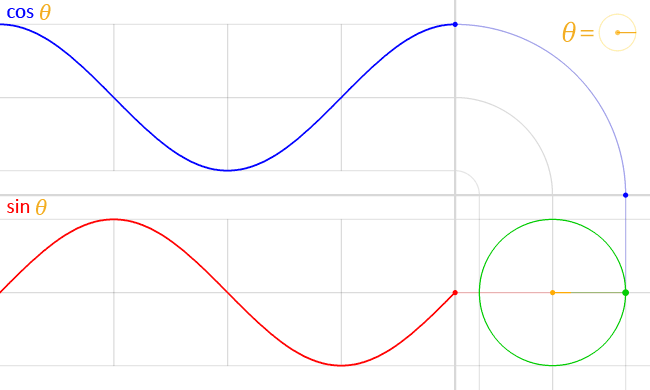AC Power Generation
Generators
Alternating current gets its waveform by the way that it's generated.
AC current has historically been created by electrical generators, which, in their simplest form, consist of a central turning rotor and an enclosing stator. Generators have powerful magnets in them which induce a current into wires as they move relative to each other:
Illustration Credit: Egmason - Own work, CC BY 3.0
As the rotor turns, the wire coils get closer to the magnetic and then farther away; causing an alternating voltage to be induced as the electrons are moved back and forth in the wires. As such, alternating current looks like a sine wave when the voltage is mapped over time, because the induction is actually a function of a circle:

Multiphase AC Generation
By adding multiple wire coils to a stator, a generator can create multiple AC waves that are out of phase to each other. For instance, most modern electrical generators, like the kind found at power generating plants, have three, 120º opposed inductors that create three phase electric power, which is effectively the worldwide standard for AC power generation and transmission.

